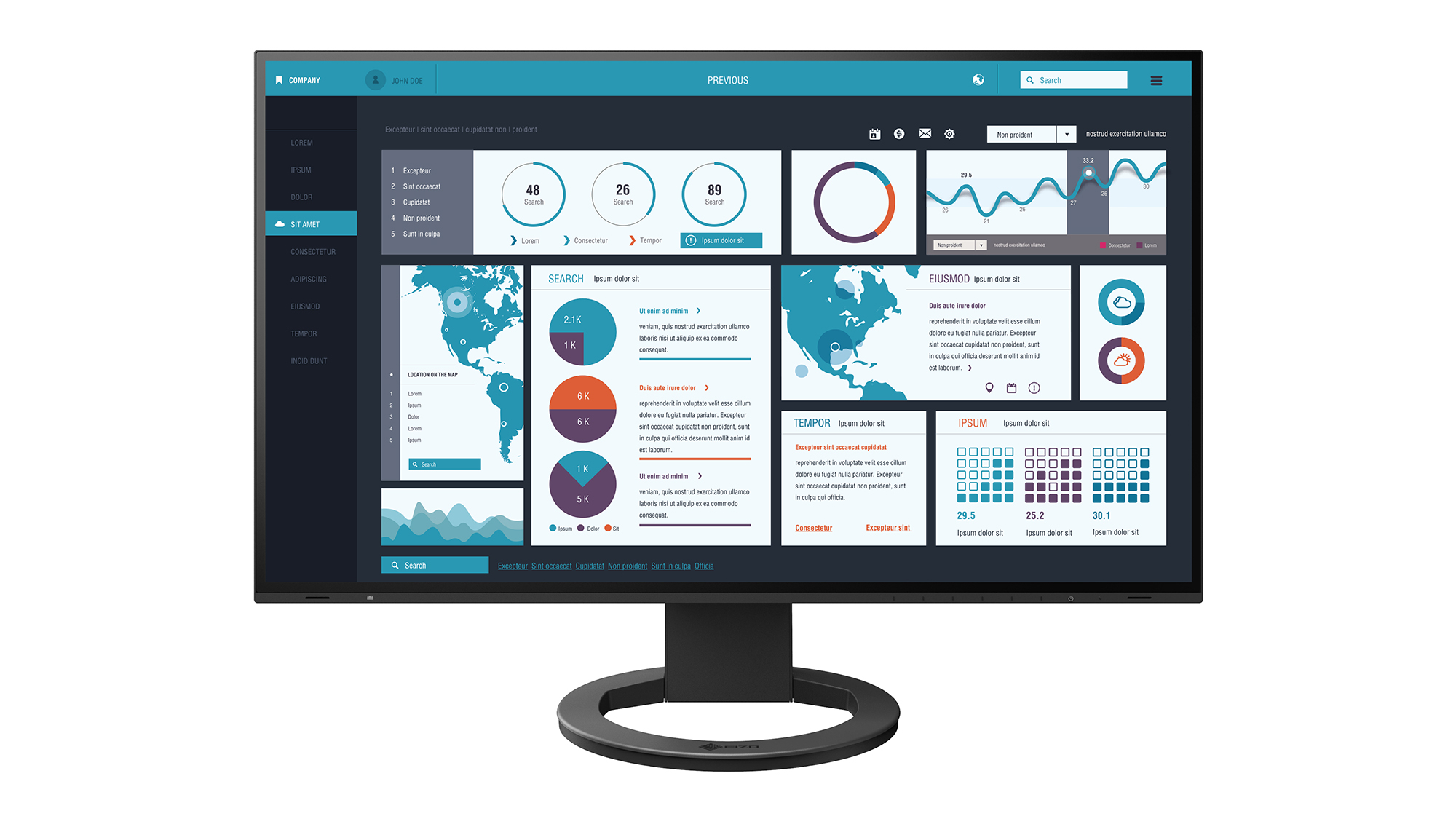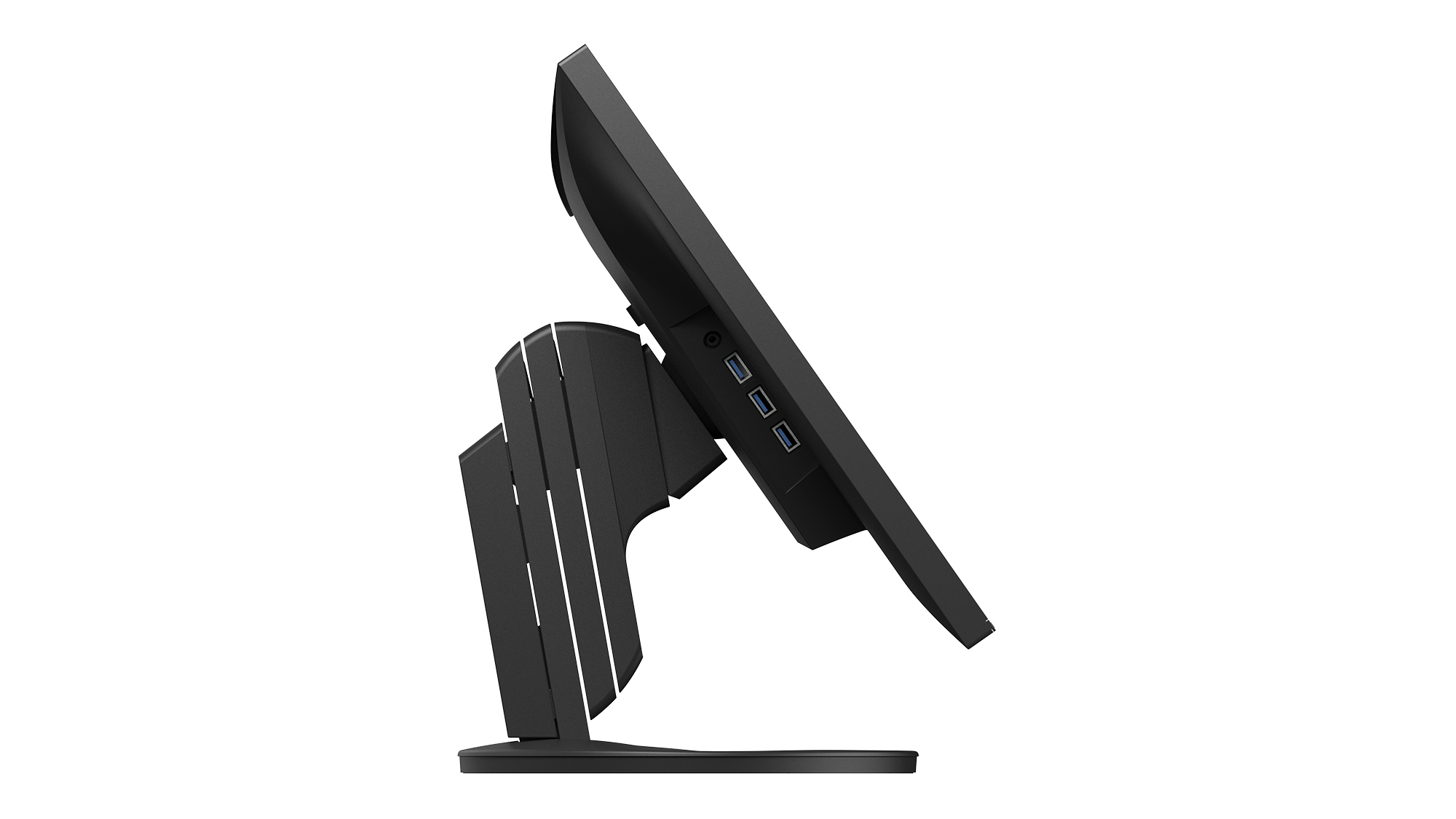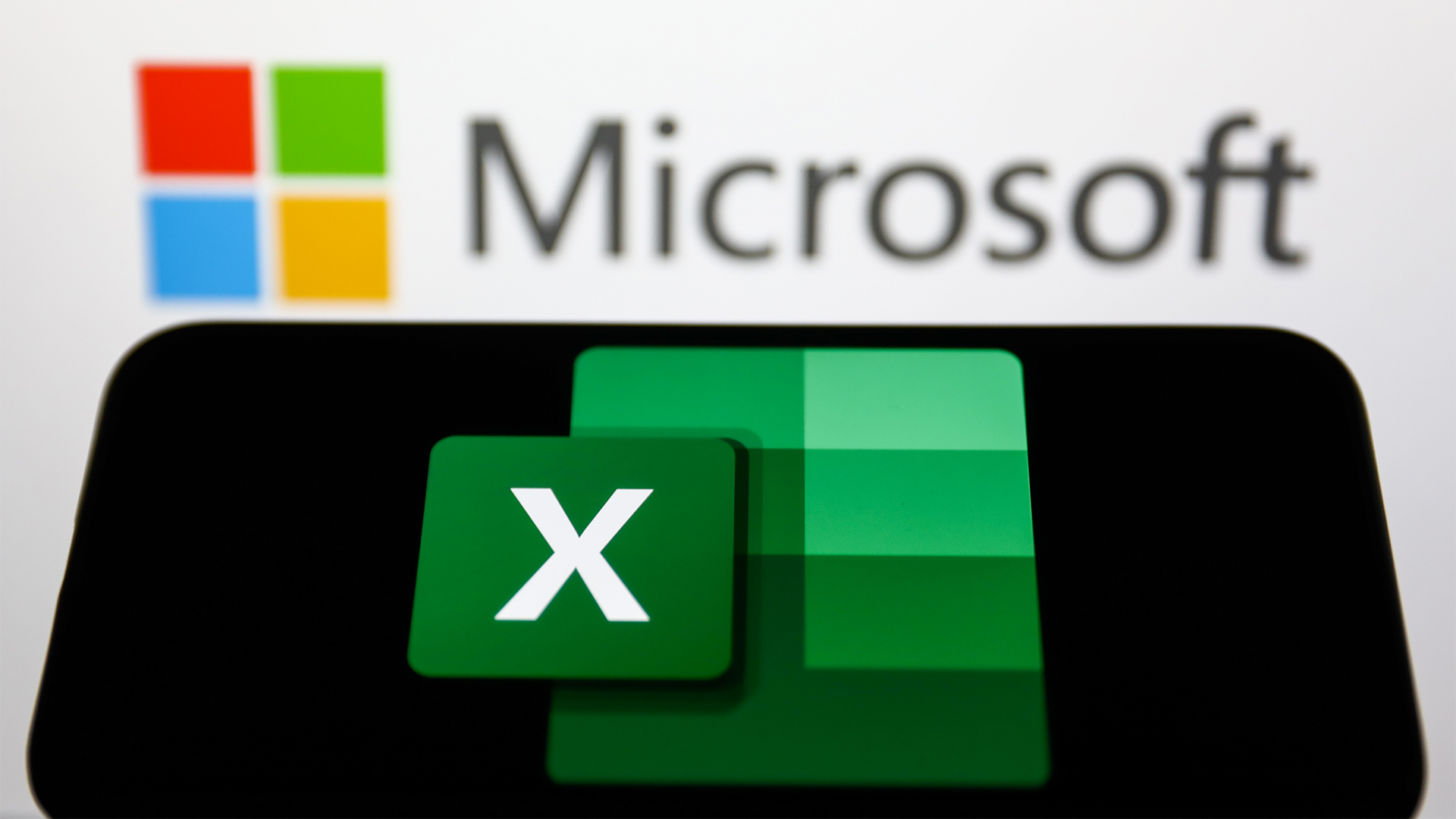Eizo FlexScan EV2795 review: Quality seeping from every pore
Expensive for a 1440p 27in screen, but its quality and clutch of useful features make it worth the cash


-
+
Flawless colour accuracy
-
+
Intuitive OSD
-
+
Built-in KVM
-
-
DCI-P3 and Adobe RGB coverage could be better

Compared to the Iiyama ProLite XUB3493WQSU-B1, all the cards appear to be against this 27in Eizo monitor. After all, it has a mere 1440p resolution to the Iiyama’s 4K whilst costing more than twice as much. Bearing in mind that the ProLite produced a respectable set of results in our image-quality tests, is there any reason to spend more?
The answer is “yes” for several reasons, but whether they’re worth the difference in price will entirely depend on your needs. The first reason will be if you’re searching for a neat dual-monitor setup, because the Eizo offers daisy-chaining via a USB-C output. So you could power your laptop through the Eizo’s USB-C input, connect a second screen via the USB-C output and only require two power cables: one to each monitor. So the total number of cables to deal with drops to just four.
While that second screen could be from a different manufacturer, if you’re looking for colour-matching across both then you should stick with Eizo. Its Screen InStyle software synchronises changes you make to colour profiles or brightness across the displays, and you can be confident that Eizo’s quality testing will ensure near-identical performance across different monitors.
That performance will be top-tier, as it is with the EV2795 on test here. Switch to sRGB and you can be confident the monitor will indeed cover that colour space, without leaking into others, as reflected by its 95% coverage of the sRGB gamut out of 97% volume. Accuracy is excellent too, with a stunningly low 0.58 Delta E average and a maximum of 1.88. That’s better than most human eyes will ever spot.
What you don’t get with FlexScan monitors, however, is the incredible ability of their (much more expensive) ColorEdge brethren to slip into Adobe RGB and DCI-P3 modes. Here, Eizo offers a Movie preset that pumps up DCI-P3 coverage from 69% to 78%. That’s a nice bump, but you won’t see some of the more vivid colours that filmmakers hoped to bring you.

There’s no need to worry about missing detail, though, as a 1,078:1 contrast ratio in combination with a peak brightness of 337cd/m2 is enough to pick out what’s happening in the darkest backgrounds. Another nice feature of this display is that it can drop brightness way down to 1cd/m2, which is a nice show-off feature. More practically, if you’re worried about your eyes being burned out at the end of each day, switch on the panel’s EcoView setting and it automatically adjusts the output to the brightness of your room.
As ever with Eizo screens, navigating all these settings is a pleasing experience. Press on one of the touch-sensitive panels on the bottom bezel and a context-sensitive menu springs into life, with each button press receiving an instant response. Mix in the most logical menu layout of any manufacturer and you’ll find yourself whizzing through your options before deciding on what’s perfect for you.
Sign up today and you will receive a free copy of our Future Focus 2025 report - the leading guidance on AI, cybersecurity and other IT challenges as per 700+ senior executives
For example, you might decide to hook up two computers to the FlexScan and take advantage of the built-in KVM. Here, you would connect a laptop via USB-C (it supplies up to 70W of power) with a desktop PC connected to either the HDMI or DisplayPort inputs, along with the USB-B cable. Whenever you switch between inputs, the keyboard and mouse will switch with you.
The stand is equally flexible, sporting Eizo’s usual expansive array of adjustment options. The most impressive of these is the stand’s 176mm of height adjustment, which means you can push the bottom of the screen almost to desk level, but also note the 35° of backwards tilt – it’s a great choice if you need to gather a few people round to look at what’s on your screen.
As you’d expect from a professional monitor, Eizo doesn’t go to town with gaming features. While there’s a respectable 5ms response time, you don’t get support for adaptive sync technologies and the refresh rate stays at a sober 60Hz. Eizo does provide a pair of speakers, yet with a 1W output they produce a weak sound that’s only really suitable for (quiet) web calls.
Speakers aside, the Eizo FlexScan EV2795’s quality seeps through every pore. Add in the five-year warranty and you can buy it with confidence.
Eizo FlexScan EV2795 specifications
| Screen size | 27in |
| Screen resolution | 2,560 x 1,440 |
| Screen technology | IPS |
| Screen refresh rate | 60Hz |
| Video inputs | DisplayPort (HDCP 1.3), HDMI (HDCP 1.4), USB-C (70W |
| Audio inputs/outputs | 3.5mm audio jack |
| Speakers | 2x 1W |
| Ports | 3-port USB hub |
| Adjustability | 176mm height adjustment, 344° swivel, -5° to 35° tilt, 90° pivot |
| Dimensions | 611 x 230 x 369-545mm |
| Weight | 8.5kg |
| Warranty | 5yr |
Tim Danton is editor-in-chief of PC Pro, the UK's biggest selling IT monthly magazine. He specialises in reviews of laptops, desktop PCs and monitors, and is also author of a book called The Computers That Made Britain.
You can contact Tim directly at editor@pcpro.co.uk.
-
 Trump's AI executive order could leave US in a 'regulatory vacuum'
Trump's AI executive order could leave US in a 'regulatory vacuum'News Citing a "patchwork of 50 different regulatory regimes" and "ideological bias", President Trump wants rules to be set at a federal level
By Emma Woollacott Published
-
 Microsoft Excel is still alive and kicking at 40 – and it's surging in popularity as 82% of finance professionals report ‘emotional attachment’ to the spreadsheet software
Microsoft Excel is still alive and kicking at 40 – and it's surging in popularity as 82% of finance professionals report ‘emotional attachment’ to the spreadsheet softwareNews A recent survey found Gen Z and Millennial finance professionals have a strong “emotional attachment” to Microsoft Excel
By Emma Woollacott Published
-
 LastPass hit with ICO fine after 2022 data breach exposed 1.6 million users – here’s how the incident unfolded
LastPass hit with ICO fine after 2022 data breach exposed 1.6 million users – here’s how the incident unfoldedNews The impact of the LastPass breach was felt by customers as late as December 2024
By Emma Woollacott Published
